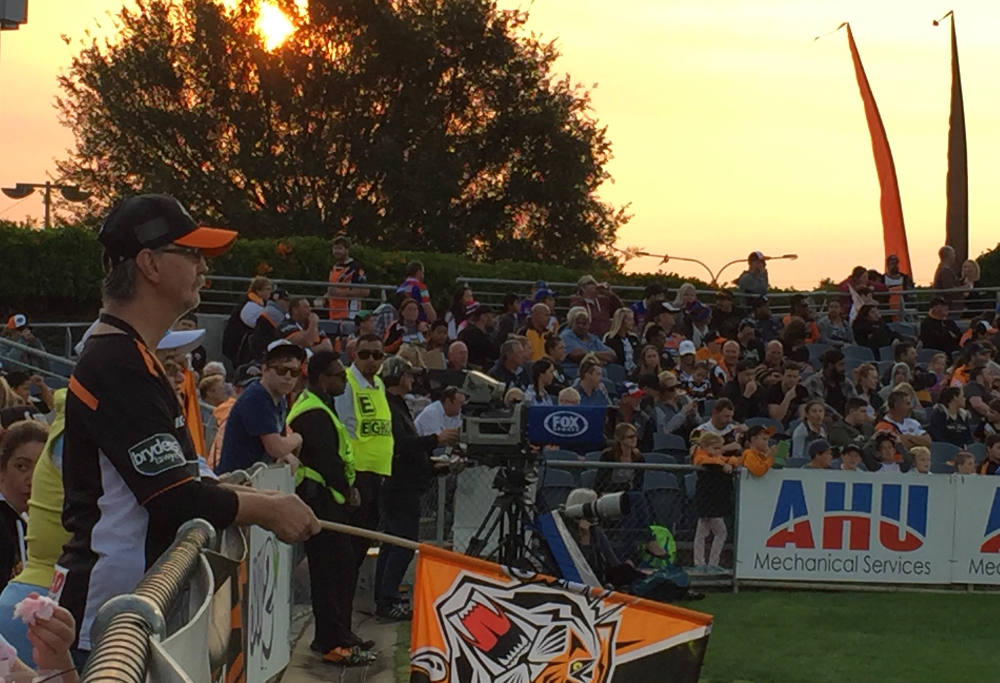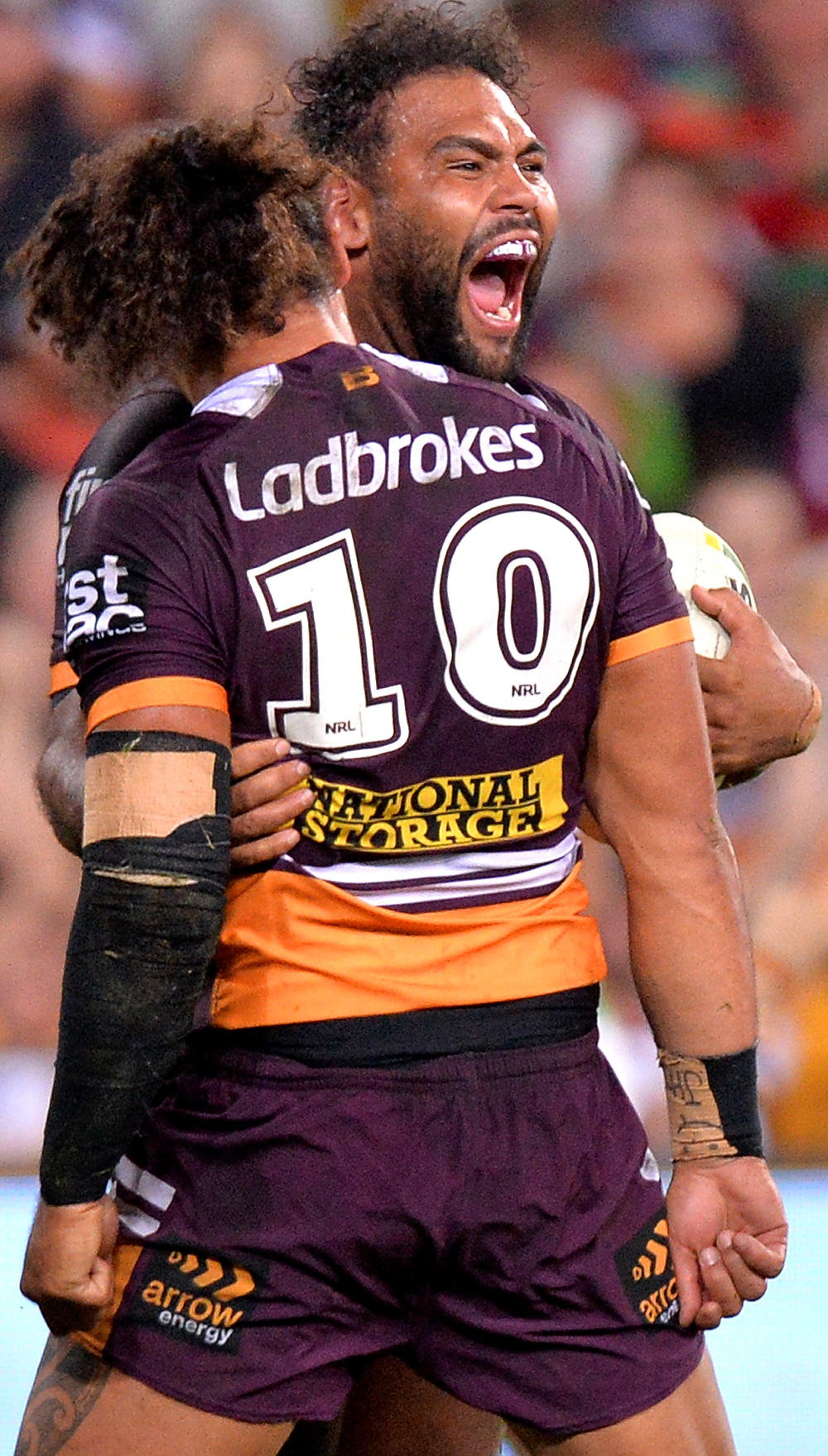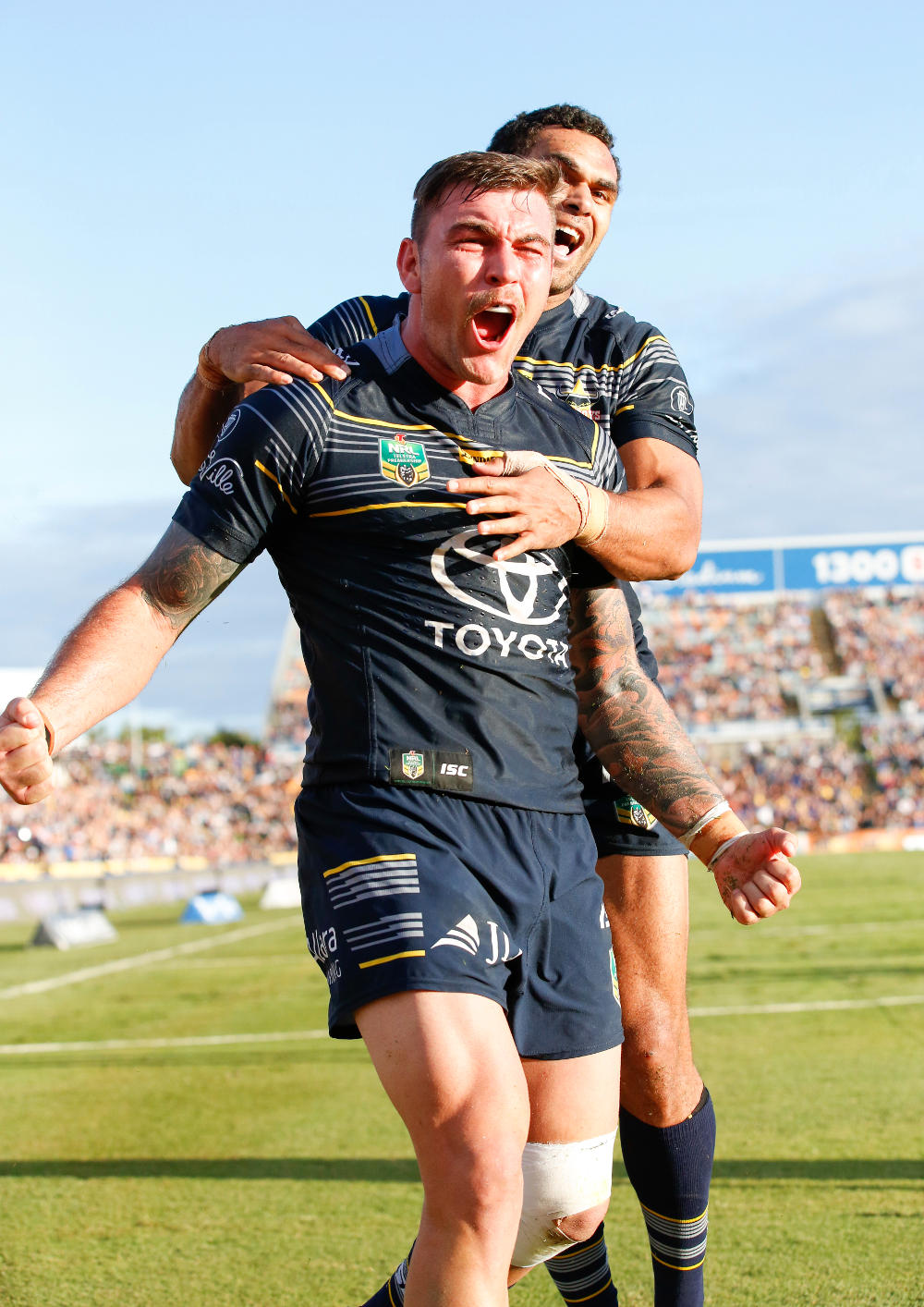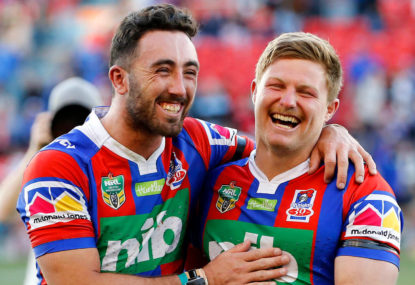Recently I was lucky enough to attend a conference where Bernard Salt was one of the keynote speakers.
Bernard’s a futurist commentator who studies demographic and social trends, and paints a picture of what Australia might look like in 20 or 30 years from now (and beyond).
The journey he described for Australia over the next 30 years was one defined by enormous change and opportunity for our great country, and as my head is never too far from sport, it got me thinking: what could this dynamic landscape of change and opportunity mean for the greatest game of all?
Firstly, to take full advantage of the opportunities that lie ahead while keeping pace with the constantly evolving world, we need administrators with a different psyche.
To date, rugby league’s powerbrokers have played what’s in front of them, showing almost zero ability or desire to look beyond the end of the current TV deal. We’ve had reactive, as opposed to proactive, leaders at the helm and in short, this needs to change!
By mid-century, Australia will be home to around 40 million people. That’s over double the population that existed when the NRL was established in 1998. What makes this even more promising is the fact that the majority of this growth has and will continue to come from the rugby league heartland states of New South Wales and Queensland.
Sydney and Melbourne will be home to around 8 million people each, while Brisbane and Perth will double their populations to 4.5 million. The Gold Coast will exceed the 1 million mark and there will be regional centres dotted all the way up and down the east coast with populations around half a million.
I’m not saying the NRL administrators go out and start throwing dots on maps tomorrow. But to take advantage of the future while continuing to establish itself as a mighty empire on the domestic sporting landscape, every decision made must support the vision the game wants to carve for itself in the future.
That vision needs to be pulled together using projections and strategic thinking in order to come up with the template for how the NRL will fit into a future Australia.
[latest_videos_strip category=”rugby-league” name=”League”]
Rationalisation in Sydney
This has been a hot topic within the game for at least two decades and I don’t see it going away.
As mentioned, Sydney will add 3 million people to its population over the next three decades, but the goal of the NRL should be establishing super clubs of the Broncos’ ilk, as opposed to just keeping clubs’ noses above water.
Even with a population of 8 million, the game in Sydney isn’t getting to a point where we have nine clubs operating at a level anywhere near what Brisbane achieve.
Although I recognise the need for change, I understand the importance of history and traditions, and what I propose for this rationalisation process involves respecting and accommodating those elements as best we can.
The magic number in Sydney is six, with those teams representing the North East, City/East, South East, South West, West and North West.
To achieve this, while still maintaining links with those historical brands, I would move three teams from metropolitan Sydney. The Dragons will go to Woolongong full time and drop ‘St George’ from their name. The Roosters will base themselves permanently on the Central Coast, an area where they have already established strong links. Finally, the Tigers will put ‘Coast’ in the middle of their name and head to Perth.
These three teams will keep their historical ties to their Sydney bases and establish new supporter bases in promising communities, where they will play all of their home games. They will also play three or four away games against Sydney opposition, which will provide an opportunity for their old fans to watch and maintain support of their team.
The mould for such change was successfully created by the AFL when South Melbourne was relocated to Sydney.
Of the teams left in Sydney, the only major change will be the Rabbitohs, who will return closer to their spiritual home and be known as the team for Sydney’s city and Eastern suburbs.
This would also leave a scenario where three teams would be based out of the major Sydney stadia (ANZ, Allianz and the new Parramatta stadium). With a smaller number of active suburban grounds (Southern Cross, Brookvale and Pepper Stadiums), the NRL could lobby the state government to channel more funding into these venues to make them more comfortable while maintaining that unique ‘suburban ground’ feel (think Central Coast Stadium).
Through this process, the heartlands of the game get the NRL representation they deserve, with clubs that already have existing links. It also provides a legitimate model for expansion outside of our heartland states by tinkering with an existing entity that’s a good fit for a large and growing market that has a significant East Coast expat community, and the corporate capacity to have a red-hot go at building a rugby league community in the west.

Photo: Joe Frost
Rugby league in Brisbane every weekend
The fact that this doesn’t already occur in a city as big and as rugby league mad as Brisbane is a travesty.
I wouldn’t fill this gap by relocating a Sydney team, as I have doubts whether Queenslanders will embrace a brand that has built its history deep inside enemy territory.
Working with the Broncos, I would leverage off the north-south of the river rivalry, which would help to see this game become one of the biggest on the NRL calendar.
With the Broncos based in Red Hill and playing out of Suncorp Stadium, I would give them north of the river, including the country’s third-largest council, Moreton Bay Regional Council.
The new team would take south of the river, including Redlands, Logan City and Ipswich. Initially, they would play out of Suncorp, but a new, boutique stadium on the southside could also take the Roar away from Suncorp, lightening the load on the busy Cauldron track, while providing these teams with a stadium that’s a more logical fit.
This creates a 17-team competition that’s a perfect fit for the current conditions. The Sydney market becomes more efficient, large regional cities in New South Wales gain an NRL presence, expansion occurs in Perth, and Brisbane is more adequately represented.
Then it’s time to shoot for the stars, and for the game to decide where it wants to be 20 to 30 years down the track, based on what the country will look like.

Photo by Bradley Kanaris/Getty Images
Further expansion
Adelaide will become ripe for the picking within the next 30 years, the expectation being it will have a population that mirrors Perth at present, making the Rams ‘take two’ a worthy expansion option.
Within the next 30 years, Southeast Queensland will also require further representation, as the population between Coolangatta and Noosa swells to exceed 6 million.
I know a Western Corridor bid, representing Logan and Ipswich, is popular, but if a boutique rectangular stadium can be built on the Southside to house a second Brisbane team, home game travel will still be accessible for these areas, and Brisbane 2 can remain their local team.
I suggest taking a fourth Southeast Queensland team a little further from the capital, locating them on the booming Sunshine Coast. The population here is expected to double, to match the Gold Coast’s current population of 600,000 over the next 30 years, making it a juicy prospect.
Other regional cities that currently have populations between 100 and 200,000 will grow to close to half a million by 2050, meaning the NRL should be keeping a close eye on two particular regions.
There will be a population of over 1 million people between Bundaberg and Mackay by 2050 and by then, this rugby league heartland will deserve a professional presence. I suggest basing a Central Queensland team in Rockhampton, which is slap-bang in the middle of this stretch.
Finally, Cairns is on track to overtake Townsville’s population, hitting the half-million mark by 2050. A North Queensland derby would provide yet another highlight on the NRL calendar.

AAP Image/Michael Chambers
These 21 teams would tap into one of the game’s great strengths: tribalism.
Upon reaching 21 teams, I would break the competition into three conferences of seven, to leverage this tribalism and ensure these regional rivals are playing each other home and away, while also strengthening the importance of these derbies as intra-conference blockbusters.
There would be a Sydney conference for the city’s six teams, as well as the Central Coast Roosters. Then a Queensland conference for the three teams currently in the Sunshine State, along with Brisbane 2, the Sunshine Coast, Central Queensland and Cairns. Finally, there would be a Southern conference for Newcastle, Illawarra, Canberra, Melbourne, Auckland, Perth and Adelaide.
While I would suggest these foundations should be put in place sooner rather than later, it’s not about racing out and putting dots on maps ASAP. I wouldn’t even discuss the first of the four new expansion areas for at least 15 years. But it’s important to have a long-term plan to guide today’s decision-making and ensure that action is being taken to push the game in the desired direction.
For this plan, that involves focusing on the grassroots in these four regions, creating a pathway that includes representation in second-tier competitions, involvement and consultation in state government planning, and continuing to take regular-season games to these places.
What would your 2050 vision for the NRL competition look like?

































































































